This article was medically reviewed by Stuart Rammell, DO. Dr. Stuart Rammell is a board certified Interventional Pain Specialist. He specializes in helping patients reduce pain and improve bodily function through spine and peripheral injections, radiofrequency ablation, and spinal cord stimulation. Dr. Rammell holds a BS in Exercise Science from Brigham Young University and a DO from Midwestern University. He completed his fellowship and residency in interventional pain medicine and anesthesiology at Loma Linda University.
This article has been viewed 22,128 times.
Dysfunction of the sacroiliac joint or joints is one of the more common causes of lower back pain. You have two sacroiliac joints, or SI joints, in your lower back, one on either side of your spine. These joints are responsible for carrying the weight of your upper body when you stand, walk, and shift your weight on your legs. You may develop SI pain or discomfort due to repetitive movement of your SI joint, pregnancy, childbirth or too much stress on your lower back.[1] The pain may affect only one side or both SI joints. It can also radiate down from the groin area, through, the leg, and to the foot. SI joint problems may even make sitting difficult. To deal with SI pain, you can try treating the issue at home and use physical therapy and exercise. If your SI pain is severe, you may need to see your doctor so you can get medical treatment for the issue.
Steps
Treating Sacroiliac Joint Pain at Home
-
1Ice the area. You can treat SI pain at home by icing the area for 15 to 20 minutes at a time. [2] Use an ice pack or a bag of frozen peas. Place the ice pack on the area for 15 to 20 minutes, and then remove it for 15 to 20 minutes. Continue icing the area for two days to a week.[3]
- After one to two weeks, the inflammation around your SI joint should be reduced. You may be able to gradually return to normal activities if the swelling and pain goes away.
-
2Apply a heat pack or take a hot bath. You can also apply heat to the area to encourage healing.[4] Only do this after the acute, intense pain has been treated with an ice pack. You may apply a heat wrap to the area or take a hot bath to reduce any pain.[5]
- Try to soak in a hot bath on a regular basis to make the SI pain go away. If the area does not seem to be healing after several hot baths, you may want to see a doctor.
Advertisement -
3Avoid any movements that could make the area worse. As part of your home treatment for SI pain, you should rest as much as you can and avoid any activities that could make the area worse.[6] You may stop doing strenuous activities, such as lifting up heavy objects or doing repetitive motions that will stress out your SI joint. Take a break so the SI joint can recover and heal.[7]
- If the SI joint pain is intense and severe, you may need to take some time off of work and rest in bed until it heals. You should also see your doctor if the pain does not go away with home treatment or seems to be getting worse.
-
4Limit your physical activity. Avoid repetitive motions that cause pain in your sacroiliac joint. The purpose of resting a joint is to help to decrease inflammation, which is best accomplished when the joint is not put under repeated stress.
- To add additional relief, massage the area around your SI joint, or seek help from a professional masseur. This can help loosen and relax the ligaments as well as the SI joint.
- Taping the hip area can also help provide quick relief for an inflamed SI joint.[8]
-
5Take over-the-counter pain medication. You can take OTC anti-inflammatory medication such as ibuprofen or naproxen to help reduce your pain and discomfort. Follow the dosage instructions on the label and do not take more than the recommended dose. The OTC pain medication can dull your pain and make it easier for you to recover from the SI joint issue.[9]
- Keep in mind you should not use the OTC medication for a prolonged period of time to treat any SI joint pain. If you think your SI joint is not getting better, you should go see your doctor.
- You can also take a topical medication, like an analgesic, menthol, or methyl salicylate.[10]
Using Physical Therapy and Exercise
-
1Practice seated forward folds with bent knees. You can do certain yoga poses to help treat your SI pain, such as forward folds with knees bent. Doing forward folding poses on a mat sitting down can help to unlock the SI joint and release any stress or discomfort in this area. If you are new to yoga, you may watch videos online that will demonstrate certain poses before you try them or take a class that focuses on addressing lower back issues, including SI joint pain.[11]
-
2Do bridge pose. Bridge pose can help to strengthen your inner thigh muscles and your abdominal muscles, which can help to reduce the tension and stress in your SI joints. You can do bridge pose with both legs on the ground and hold the pose for a stretch in your lower back. Or you can raise one leg off the ground to strengthen your lower back and inner thigh muscles.
- To do a bridge pose, lay on a yoga mat or exercise mat flat on your back. Bend your legs so they are two feet away from you, or so you can feel the back of your heels with your hands. Inhale as you slowly lift your pelvis towards the ceiling, putting weight into your feet. Pretend you are squeezing a ball between your thighs as you raise your pelvis.
- Hold this pose for five breaths and then slowly lower back down onto the mat, lowering your pelvis first, followed by your upper back.
- For a more challenging bridge pose, you may try raising one leg in the air when you are in bridge, keeping your hips level as you do so. Then, exhale as you release the leg and place it on the mat. Inhale again as you raise the other leg into the air. This can help strengthen your abdominal muscles and your inner thigh muscles.
-
3Try plank pose. Plank pose can help to strengthen the muscles that help to keep your SI joints from becoming irritated or strained. It can also be a good way to maintain strong SI joints and prevent your SI pain from getting worse. You may do plank pose on an exercise mat, using your hands or your forearms to hold you up.
- To do a plank pose, place your hands on the mat in front of you, in line with your shoulders. Then, place your legs straight behind you with your hips level. Put weight into your hands and into your feet, keeping your legs straight and strong. Hold the plank pose for five breaths at a time.
- You may do a series of plank poses to strengthen your lower back and your SI joints. If this pose aggravates your shoulder muscles, you may try doing it on your forearms instead of your hands.
-
4Take up water aerobics. You may find doing exercises on an exercise mat can be too stressful on your SI joint, especially if the pain is severe. To reduce the risk of putting too much torque on your SI joint, you may try doing water aerobics. Doing exercises in the water will increase the buoyancy of your muscles and reduce the tension in your SI joint.[12]
- You may sign up for a water aerobics class at your local community center or at your gym, if it has a pool.
Seeing Your Doctor
-
1Ask your doctor about an SI joint injection. If your SI joint pain is severe, your doctor may suggest an SI joint injection.[13] It will provide immediate pain relief. Your doctor will inject an anesthetic and anti-inflammatory medication in the area, helping to reduce inflammation of the joint and any pain.[14]
- Your doctor may suggest that you start a physical therapy program right after the injection has been done. The injection will also allow you to resume your normal activities.
-
2Speak to your doctor about a brace or support. You may benefit from a brace or a support for your SI joint so it can be stabilized and stay in place. Your doctor may suggest that you use an orthotic or brace, such as a wide belt, around your waist to keep the SI joint in place.[15]
- Once the SI joint is less inflamed, you may be able to loosen the orthotic. Your doctor may schedule follow up appointments with you to ensure the brace or support is working.
-
3Get a referral for a chiropractor. Your doctor may suggest that you get a referral for a chiropractor to help adjust your SI joint in a safe, effective way. The chiropractor can help to adjust your SI joint and make it more mobile using several methods or techniques.[16]
- You should only go to a chiropractor that has been referred to you by your doctor, as you do not want to make your SI joint worse by going to an inexperienced chiropractor.
-
4Consult your doctor about surgery. Surgery should be considered an absolute last resort for SI pain. However, if your pain has not been properly managed or relieved by other methods, surgical intervention may be necessary.
- Let your doctor know about the pain you experience, as well as what types of pain management you have tried. This will help them better assess whether surgery is the right option for you.
Expert Q&A
-
QuestionIs ice or heat better for SI joint pain?
 Stuart Rammell, DODr. Stuart Rammell is a board certified Interventional Pain Specialist. He specializes in helping patients reduce pain and improve bodily function through spine and peripheral injections, radiofrequency ablation, and spinal cord stimulation. Dr. Rammell holds a BS in Exercise Science from Brigham Young University and a DO from Midwestern University. He completed his fellowship and residency in interventional pain medicine and anesthesiology at Loma Linda University.
Stuart Rammell, DODr. Stuart Rammell is a board certified Interventional Pain Specialist. He specializes in helping patients reduce pain and improve bodily function through spine and peripheral injections, radiofrequency ablation, and spinal cord stimulation. Dr. Rammell holds a BS in Exercise Science from Brigham Young University and a DO from Midwestern University. He completed his fellowship and residency in interventional pain medicine and anesthesiology at Loma Linda University.
Board Certified Interventional Pain Specialist Conservative measures for sacroiliac joint pain usually involve things like rest, modification of activities, ice, heat over the sacroiliac joint, and also potentially over-the-counter topical analgesics.
Conservative measures for sacroiliac joint pain usually involve things like rest, modification of activities, ice, heat over the sacroiliac joint, and also potentially over-the-counter topical analgesics. -
QuestionCan you have surgery for sacroiliac joint pain?
 Stuart Rammell, DODr. Stuart Rammell is a board certified Interventional Pain Specialist. He specializes in helping patients reduce pain and improve bodily function through spine and peripheral injections, radiofrequency ablation, and spinal cord stimulation. Dr. Rammell holds a BS in Exercise Science from Brigham Young University and a DO from Midwestern University. He completed his fellowship and residency in interventional pain medicine and anesthesiology at Loma Linda University.
Stuart Rammell, DODr. Stuart Rammell is a board certified Interventional Pain Specialist. He specializes in helping patients reduce pain and improve bodily function through spine and peripheral injections, radiofrequency ablation, and spinal cord stimulation. Dr. Rammell holds a BS in Exercise Science from Brigham Young University and a DO from Midwestern University. He completed his fellowship and residency in interventional pain medicine and anesthesiology at Loma Linda University.
Board Certified Interventional Pain Specialist Yes, you can! If the injections in combination with local anesthetics and steroids provide only temporary relief, you can be a potential candidate for the procedure called sacroiliac joint fusion.
Yes, you can! If the injections in combination with local anesthetics and steroids provide only temporary relief, you can be a potential candidate for the procedure called sacroiliac joint fusion. -
QuestionHow do you know if you have sacroiliac joint pain?
 Stuart Rammell, DODr. Stuart Rammell is a board certified Interventional Pain Specialist. He specializes in helping patients reduce pain and improve bodily function through spine and peripheral injections, radiofrequency ablation, and spinal cord stimulation. Dr. Rammell holds a BS in Exercise Science from Brigham Young University and a DO from Midwestern University. He completed his fellowship and residency in interventional pain medicine and anesthesiology at Loma Linda University.
Stuart Rammell, DODr. Stuart Rammell is a board certified Interventional Pain Specialist. He specializes in helping patients reduce pain and improve bodily function through spine and peripheral injections, radiofrequency ablation, and spinal cord stimulation. Dr. Rammell holds a BS in Exercise Science from Brigham Young University and a DO from Midwestern University. He completed his fellowship and residency in interventional pain medicine and anesthesiology at Loma Linda University.
Board Certified Interventional Pain Specialist The gold standard for the diagnosis is putting a local anesthetic in the sacroiliac joint to evaluate if the relief is temporary.
The gold standard for the diagnosis is putting a local anesthetic in the sacroiliac joint to evaluate if the relief is temporary.
References
- ↑ http://www.webmd.com/back-pain/si-joint-back-pain
- ↑ Stuart Rammell, DO. Board Certified Interventional Pain Specialist. Expert Interview. 1 September 2021.
- ↑ http://www.spine-health.com/conditions/sacroiliac-joint-dysfunction/treatment-options-sacroiliac-joint-dysfunction
- ↑ Stuart Rammell, DO. Board Certified Interventional Pain Specialist. Expert Interview. 1 September 2021.
- ↑ http://www.spine-health.com/conditions/sacroiliac-joint-dysfunction/treatment-options-sacroiliac-joint-dysfunction
- ↑ Stuart Rammell, DO. Board Certified Interventional Pain Specialist. Expert Interview. 1 September 2021.
- ↑ http://www.spine-health.com/conditions/sacroiliac-joint-dysfunction/treatment-options-sacroiliac-joint-dysfunction
- ↑ https://nydnrehab.com/blog/dealing-with-sacroiliac-joint-pain/
- ↑ https://nydnrehab.com/blog/dealing-with-sacroiliac-joint-pain/
- ↑ Stuart Rammell, DO. Board Certified Interventional Pain Specialist. Expert Interview. 1 September 2021.
- ↑ http://www.yogajournal.com/article/practice-section/out-of-joint-2/
- ↑ http://www.spine-health.com/conditions/sacroiliac-joint-dysfunction/treatment-options-sacroiliac-joint-dysfunction
- ↑ Stuart Rammell, DO. Board Certified Interventional Pain Specialist. Expert Interview. 1 September 2021.
- ↑ http://www.spine-health.com/conditions/sacroiliac-joint-dysfunction/treatment-options-sacroiliac-joint-dysfunction
- ↑ http://www.spine-health.com/conditions/sacroiliac-joint-dysfunction/treatment-options-sacroiliac-joint-dysfunction
- ↑ http://www.spine-health.com/conditions/sacroiliac-joint-dysfunction/treatment-options-sacroiliac-joint-dysfunction
- ↑ http://www.spine-health.com/video/video-lumbar-rotation-si-joint-stretch-sciatic-pain-relief
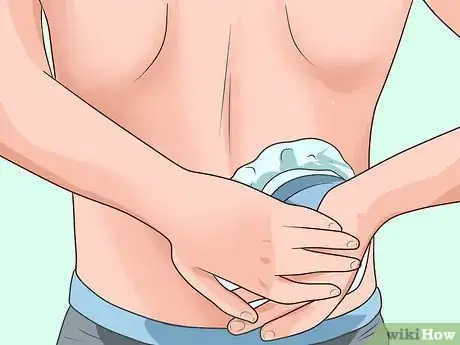

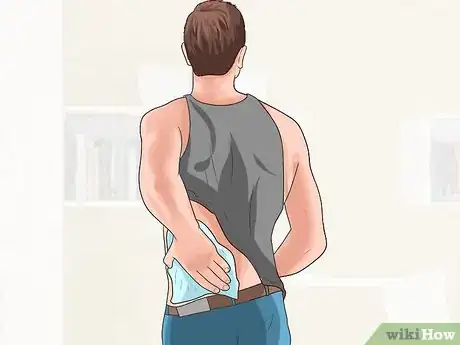



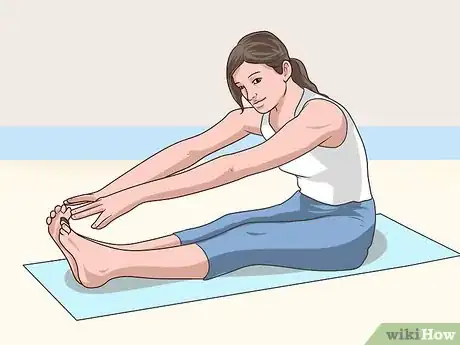
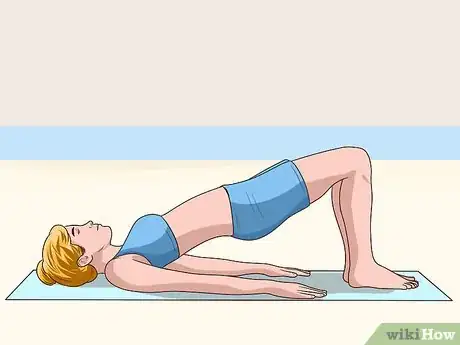
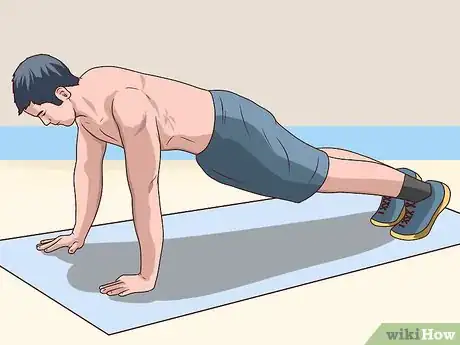

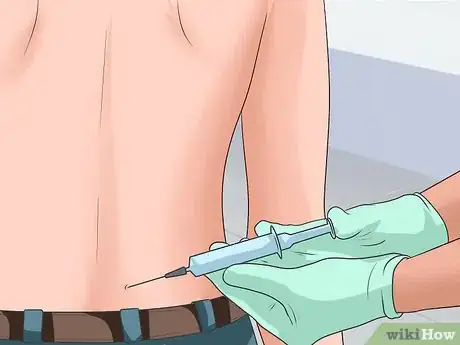
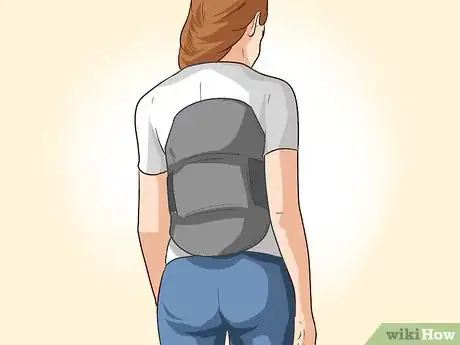
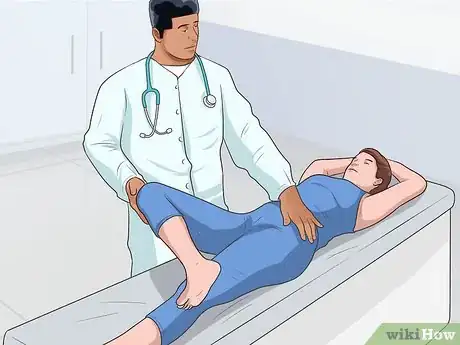

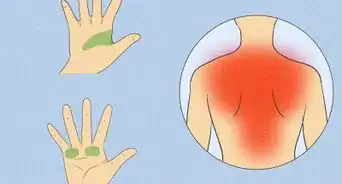


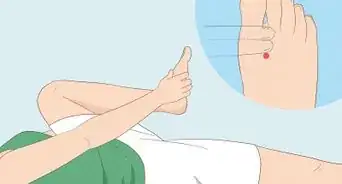




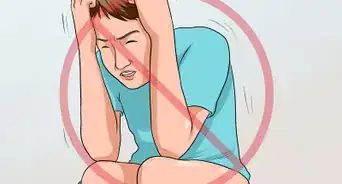












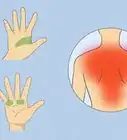






































Medical Disclaimer
The content of this article is not intended to be a substitute for professional medical advice, examination, diagnosis, or treatment. You should always contact your doctor or other qualified healthcare professional before starting, changing, or stopping any kind of health treatment.
Read More...